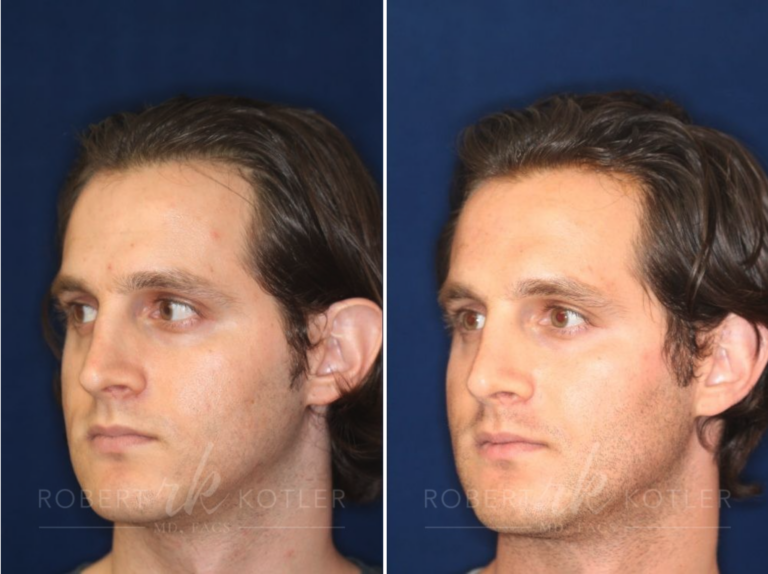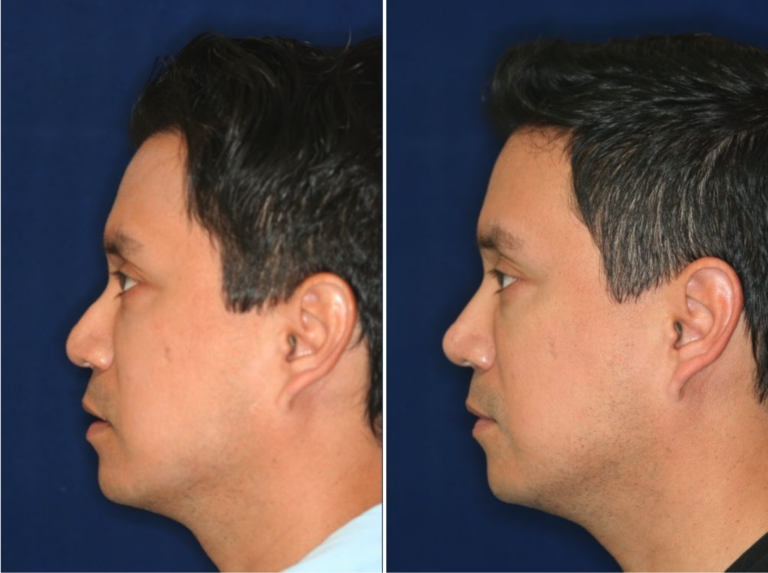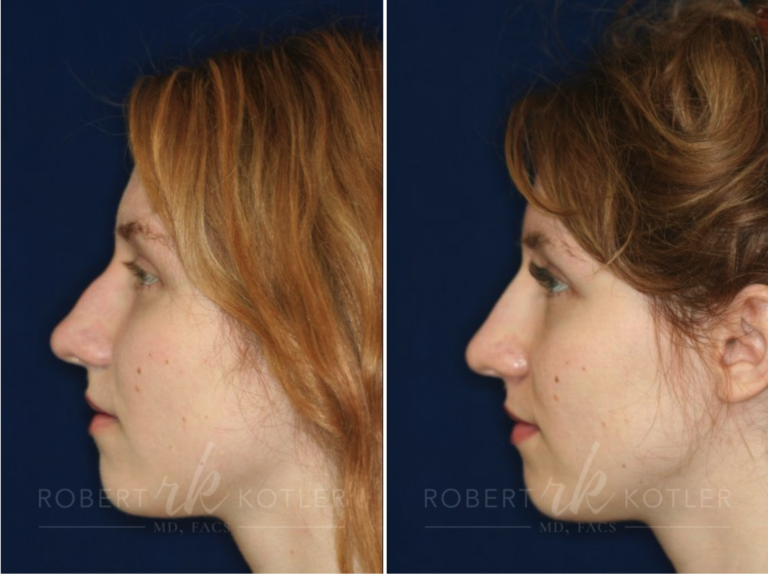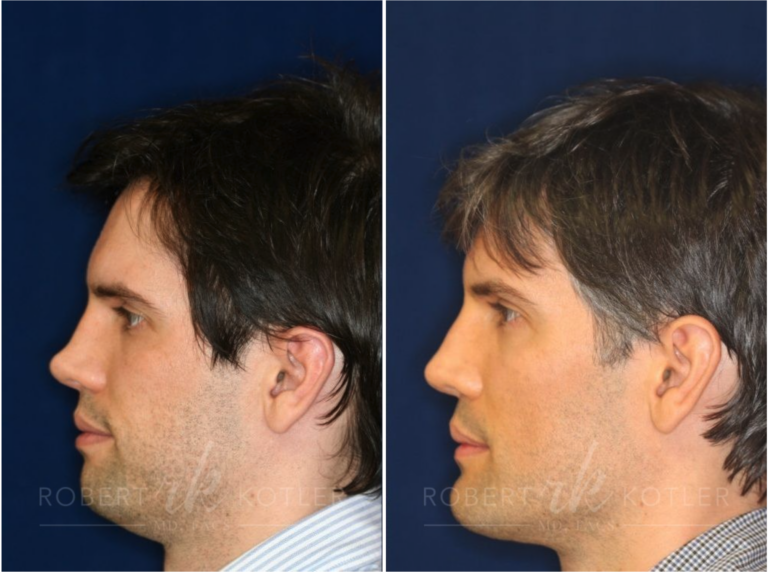Permanent Non-Surgical Rhinoplasty in Beverly Hills, CA
Dr. Kotler is one of the world’s most specialized and experienced nasal surgeons practicing permanent non-surgical Rhinoplasty. With over 40 years in practice and over 5000 nasal procedures performed. He is the most experienced practitioner of permanent non-surgical revision Rhinoplasty in the United States. Dr. Kotler is a published medical author and a highly rated teacher at UCLA and USC frequently speaking at medical meetings. He is an inventor and founder of two devices used in nasal surgery.
The “magic” of Dr. Kotler’s Permanent Nonsurgical Revision Rhinoplasty is that one sees immediately in the mirror the benefits. “What you see is what you get.” The results are permanent. Contrast this with the use of temporary fillers. There is no similarity between temporary fillers which are generally derived from collagen-like material which is destined to be degraded by the body and medical grade liquid silicone which is viewed by the body as “acceptable.” Thus it may permanently reside in the nose without any significant threat of rejection. The permanent nonsurgical revision rhinoplasty is extremely important to those patients who have had one, two, three or more unsuccessful surgical rhinoplasties. The prospect of yet another surgery with again the uncertainty of the outcome is a dim prospect for such patients. They are extremely happy to know about and then benefit from the finality of the permanent nonsurgical revision rhinoplasty. Finally, the plague is over.
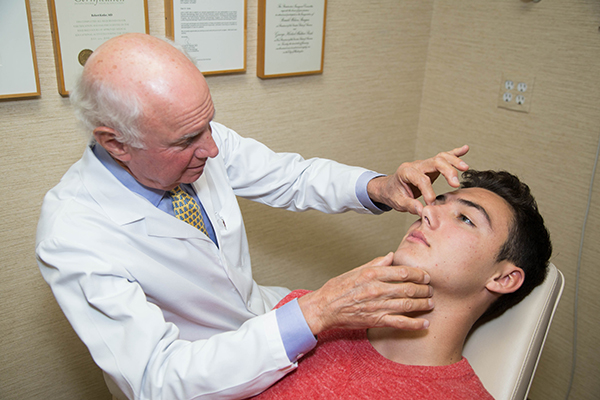


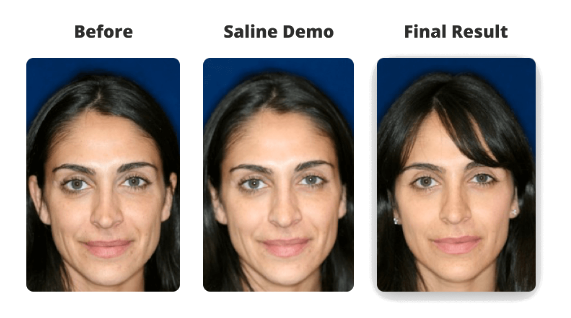 For patients who are unsure, skeptical or just curious about what the Permanent Non-surgical Rhinoplasty can achieve, Dr. Kotler devised the simple and practical sterile salt water injection to demonstrate the success of the permanent filler. The skin of the nose is anesthetized with an anesthetic ointment and a very tiny, short needle is used to correct the dents, divots and dips. Or, even just to show raising a too-low bridge. The saline filler dissipates within 2 hours but photos are taken before and right after to allow the patient to have a clear reminder of what what the permanent filler can achieve.
For patients who are unsure, skeptical or just curious about what the Permanent Non-surgical Rhinoplasty can achieve, Dr. Kotler devised the simple and practical sterile salt water injection to demonstrate the success of the permanent filler. The skin of the nose is anesthetized with an anesthetic ointment and a very tiny, short needle is used to correct the dents, divots and dips. Or, even just to show raising a too-low bridge. The saline filler dissipates within 2 hours but photos are taken before and right after to allow the patient to have a clear reminder of what what the permanent filler can achieve.